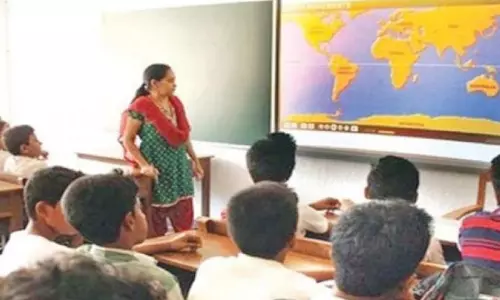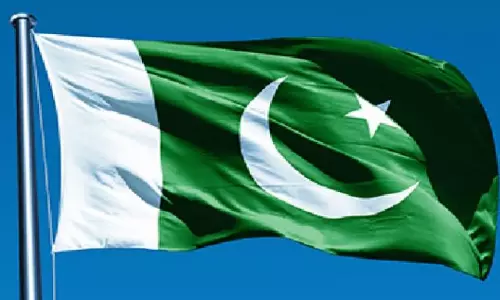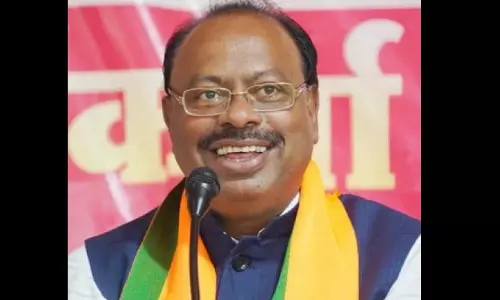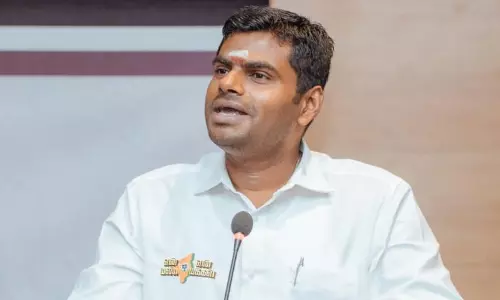7th Light Cavalry redefines mountain warfare
It was the privilege of my father, late Maj. Gen. R.S.;
It was the privilege of my father, late Maj. Gen. R.S. Sparrow, to command 7th Light Cavalry during an eventful period straddling Independence and more so, to take it to Zoji la at 11,580 feet altitude and fight effectively there.
In a situation of grave stalemate with the fate of Leh hanging in balance , Maj. Gen. K.S. Thimayya, DSO, the Divisional Commander, figured that the only hope of forcing a way through Zoji la was to use tanks. He discussed the proposition with my father, who having already empolyed his tanks and armo-ured cars in both J&K, readily accepted the challenge and assured the GoC that the Seventh would force a way through the pass .
After the turrets were removed and the tank chassis camouflaged in Akhnoor, “C” squardron started on its 278 mile journey from Jammu to Baltal, leaving Jammu at 0500 hours on 5 October. Whilst negotiating bridges, engines were switched off and tanks winched across slowly to reduce vibration. After an eventful journey, the tanks reached Srinagar at 2100 hours on 9 October. After four days of much needed rest and maintenance, the squardron left Srinagar on the night of 14 October, arriving at Baltal on 15 October. Here the turrets were refitted.
On 29 October 1948, 7th Cavalry less “B” squadron commenced the ascent to its assembly area during heavy snowfall. Time was running out and the weather was getting more inclement day by day. Getting the tanks up the steep winding path between rocky cliffs one side and a sheer drop on the other was a herculean task. So steep was the gradient at some places, that tanks had to be winched slowly upwards by 15cwt winch trucks and pushed by the men from behind — all this in temperatures 20 degress below zero!
On 1 November 1948, at 1030 hours the guns boomed and the tanks of the Seventh moved forward for their perilous ascent to the mouth to the pass. The three lead tanks debouched into the Gumri Basin with guns blazing, engaged the enemy bunkers on Mukand and Chabutra positions and knoced them out, enabling the Gorkhas to secure the lower reaches of the Gumri Basin. The tanks then advanced, engaged the mountain gun on North Ridge and knocked that out as well, clearing the whole Gumri Basin of the enemy who retreatad in panic, completely demoralised by the unexpected appearance of tanks at such an unbelievable height. On 2 November 1948, the enemy was pursued to Machhoi and “C” squadron less two troops supported 1 Patiala (Now 15 Punjab) in their attack and capture of Machhoi, opening the road to Dras and Kargil.
The author is a former lieutenant-general and a recipient of PVSM, Vir Chakra, VSM





